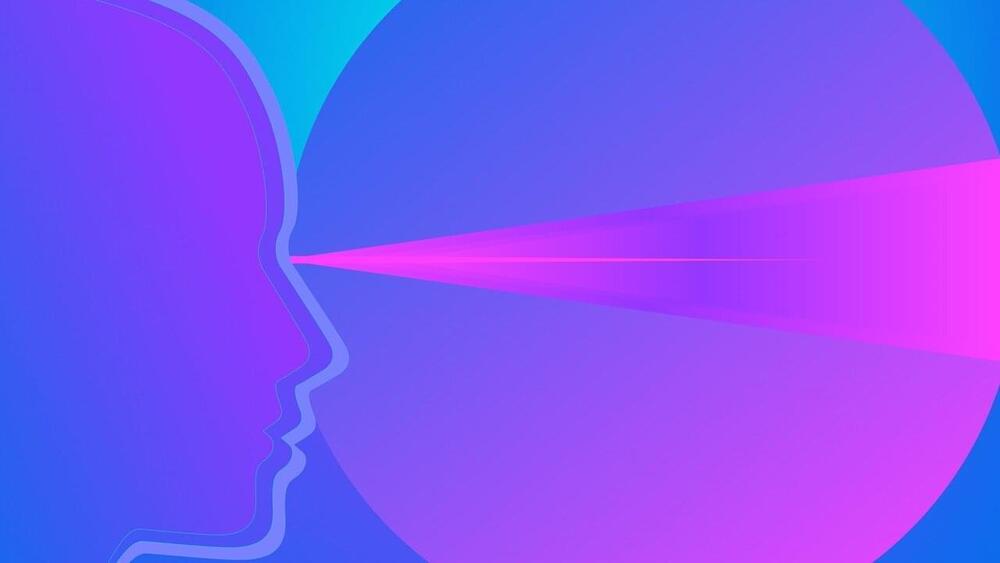Millions of people are administered general anesthesia each year in the United States alone, but it’s not always easy to tell whether they are actually unconscious.
A small proportion of those patients regain some awareness during medical procedures, but a new study of the brain activity that represents consciousness could prevent that potential trauma. It may also help both people in comas and scientists struggling to define which parts of the brain can claim to be key to the conscious mind.
“What has been shown for 100 years in an unconscious state like sleep are these slow waves of electrical activity in the brain,” says Yuri Saalmann, a University of Wisconsin-Madison psychology and neuroscience professor. “But those may not be the right signals to tap into. Under a number of conditions—with different anesthetic drugs, in people that are suffering from a coma or with brain damage or other clinical situations—there can be high-frequency activity as well.”
